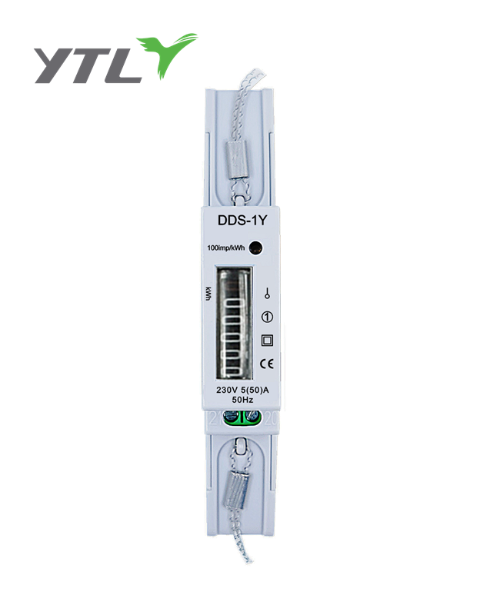
The kWh meter is an abbreviation for the kilowatt-hour meter, which is also known as an electric meter, and an electric energy meter. It is an instrument that measures electrical energy. The "k" in kWh represents "kilo," which is a prefix in the International System of Units and is a numerical factor of 10 to the power of 3. The "W" in kWh represents the unit of electrical power, which is called a watt. The "h" in kWh is an abbreviation for the English word "hour", which represents a unit of time. "
In addition, the kWh meter has several other important functions.
1. It provides real-time data on electricity usage, which helps users understand their usage patterns and peak demand periods. This, in turn, aids in the development of energy-efficient practices.
2. It monitors the quality of power, including voltage and frequency stability, and alerts users to any power quality issues. This protection helps safeguard electrical equipment and reduces energy waste.
3. It can measure various periods of single-phase, double-directional active and reactive electrical energy, display and store data, and measure parameters such as current power, demand, and power factor.
4. It can monitor customers' power usage and max demand, analyze load profiles, and prevent electricity tamper.
5. It offers both time-based and load-based controls for electricity consumers. The kWh meter can be connected to power systems or metering systems for remote data exchange.
In addition to measuring electricity and monitoring power quality, the kWh meter plays an important role in power management. With the advancement of electronic technology and increasing market demand, the functionality of kWh meters continues to expand, making them an important component of smart grid construction.

 English
English 中文简体
中文简体


.jpg?imageView2/2/w/500/h/500/format/png/q/100)
.jpg?imageView2/2/w/500/h/500/format/png/q/100)







.png?imageView2/2/w/500/h/500/format/png/q/100)


